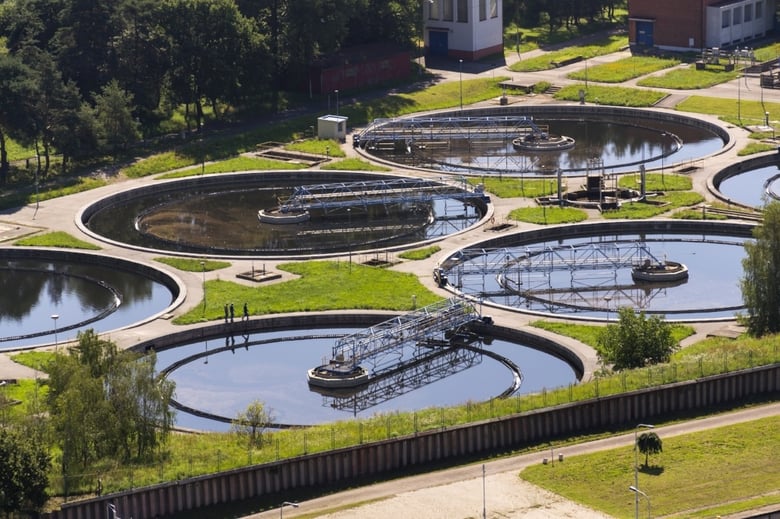
We’ve worked in this sector for nearly 30 years and have a wealth of experience helping companies such as Severn Trent Water, Sout West Water, Scottish Power, SSE and many more.
We have helped these companies to overcome many challenges including; site wide mobile communication, staff protection, monitoring and alerting
Site-wide mobile communication issues are easier to resolve today thanks to cellular technology; however, many businesses still have mobile black-spots and can’t depend on the mobile networks for site wide coverage. The benefits of mobile technology are well documented, so for businesses that have highly mobile on-site workforces – what do you do when mobile networks can’t help you?
Poor mobile coverage also increases risks for staff, especially those working alone. If an accident or incident occurred leaving a worker incapacitated and unable to alert others, it would put them at great risk because it could take a long time before colleagues notice their absence and raise the alarm. Considering wind farms and water treatment sites can occupy large spaces, locating staff quickly would also pose a great challenge. Once help does arrive, they would also have difficulty requesting medical supplies or assistance without the necessary communication technology in place.
As well as dealing with issues arising from lone workers, utility businesses also need to manage other alarms and emergencies – in some cases around 2000 per day. The majority of those alarms will be for minor issues such as routine maintenance or non-urgent repairs, with more significant events like equipment malfunction likely to be less frequent. Serious accidents or machine failures – both of which could force a plant outage – are naturally rarer. But they’re also completely unpredictable, making it essential to have the best processes in place to respond in a timely fashion when required.
Many utilities rely on an alarm management processes where all alerts are routed through operators based at centralised control centres who, in turn, escalate and activate a response. It’s an approach that’s inherently flawed because many operators still rely on paper-based contact lists to identify the most appropriate engineers to respond to critical alerts. Furthermore, once they have identified the right person, their means of contacting them is the long-hand process of dialling the number, waiting for a response and then calling the next person on the list if the first attempt fails. Fundamentally, in a high-risk environment where every second counts, many centralised alarm management systems still require operators to carry out a high number of manual processes.
Thankfully, we can provide an effective and affordable solution. With the combination of pragmatic processes and familiar tools, critical alerts can be automated to go directly to the mobile devices of the most appropriate engineers, on-site. Those same alerts can still be flagged to the control room, but operators will be able to see that a critical task has been escalated, accepted and actioned by the best-placed person for the job.
If you would like further information, please contact our team of experts or browse our case studies below.